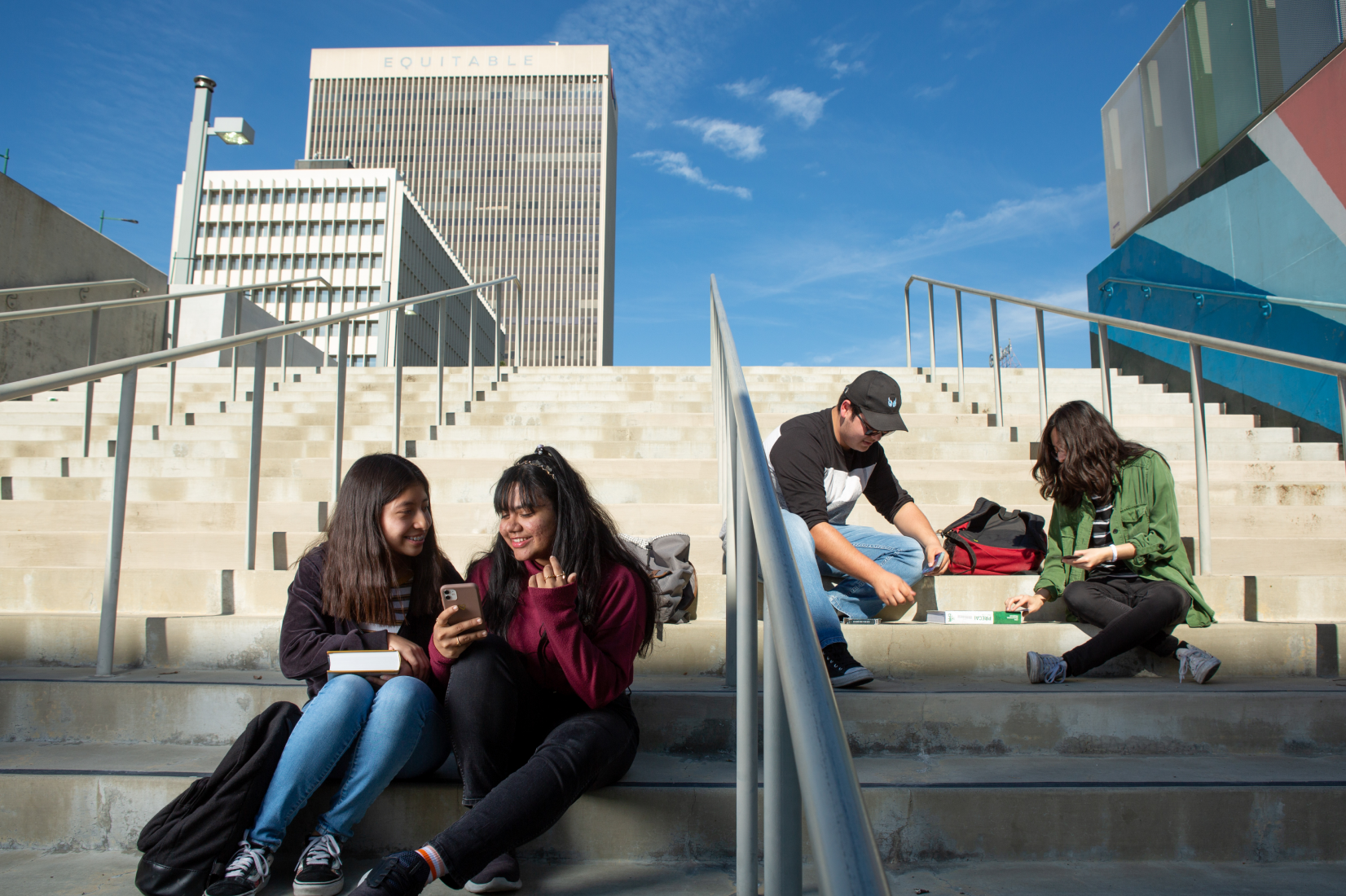Table of Contents
Higher education must meet the needs of a changing population.
Postsecondary education is increasingly important for students’ future roles in the workforce and state economy. Experts estimate that by 2030, at least 62% of jobs in Texas will require some postsecondary education (Carnevale et al., 2022).
Today’s student body is tomorrow’s workforce. Texas added nearly 4 million new residents between 2010 and 2020, with over 95% of that growth occurring within historically underserved communities of color (United States Census Bureau, 2021).
Enrollment rates among these communities are statistically lower than average (THECB, 2022). Improving these rates is critical to achieving our goals for Building a Talent Strong Texas.
Enrollment has increased among Hispanic/Latino students and Asian students.
In the five years before the COVID-19 pandemic, the number of Hispanic/Latino students and number of Asian students enrolling in higher education increased, while the number of White students trended downward.
The number of African American/Black students saw virtually no change.
Trends like these affect the makeup of the student population. In 2016, White students and Hispanic/Latino students represented nearly equal shares of roughly 37%. By 2024, they were separated by 15 percentage points, with Hispanic/Latino the most represented group (43.1%). This is despite each group comprising roughly 40% of the overall Texas population (United States Census Bureau, 2024).
Community and technical colleges were most affected by the pandemic.
The COVID-19 pandemic affected enrollment unevenly across institutions. While all public postsecondary institutions experienced a decline, it was far more pronounced at community, technical, and state colleges. Enrollment declined by 11% from 2019 to 2021 at community, technical, and state colleges. (The effects were uneven within that category as well; view the dashboard at the bottom of this page to explore granular data.)
However, recent data show that COVID-related enrollment decline has begun recovering. Community, technical, and state colleges, which experienced steep declines between 2019 to 2021, have grown their enrollments every year since 2021. Enrollment in 2024 is still 4.9% lower than pre-pandemic fall 2019 enrollment, but current trends indicate recuperation.
The steep enrollment declines in community, technical, and state colleges is different from what usually happens. Enrollment at two-year institutions tends to rise in response to economic upheaval because people lose their jobs and need affordable ways to acquire new qualifications. But during the COVID-19 pandemic, the economy dipped and then surged in response to federal relief. At the same time, there was general uncertainty surrounding the pandemic, and evidence suggests students who were preparing to attend college delayed or canceled their plans. Students in vocational programs, many of which emphasize experiential or hands-on learning, may have been particularly less likely to enroll when classes were held remotely. This may explain why fewer people enrolled at community colleges in the early 2020s.
More students enroll part time.
Since 2015, part-time enrollment has been consistently higher than full-time enrollment. As above, the overall picture is skewed by enrollment at community, technical, and state colleges, where a vast majority (more than 75%) of students attend part time.
Although part-time enrollment at two-year institutions is a vital option for many students, we would like to see more students enrolling full-time. Full-time students graduate at higher rates and in less time, which increases their prospects for future employment and earning potential (THECB, 2024).
Take a deep dive with our interactive enrollment dashboard (two-year institutions).
The following dashboard provides a deeper dive into state enrollment data for community, technical, and state colleges. You can view institution-level details and explore data trends by year, semester, and academic program. As you can see, the COVID-19 pandemic caused enrollment in academic majors to drop severely, while bachelor’s and technical majors were nearly untouched. Since 2022, there has been a particularly steep increase in bachelor’s and technical majors.
References
- Carnevale, A.P., Cheah, B., & Hanson, A. R. (2015). The Economic Value of College Majors. Georgetown University Center on Education and the Workforce. https://cew.georgetown.edu/wp-content/uploads/The-Economic-Value-of-College-Majors-Full-Report-web-FINAL.pdf
- United States Census Bureau. (April 27, 2021). 2020 Census: Percent Change in Resident Population for the 50 States, the District of Columbia, and Puerto Rico: 2010 to 2020. https://www.census.gov/library/visualizations/2021/dec/2020-percent-change-map.html
- United States Census Bureau. (July 2024). Quick Facts, Texas. https://www.census.gov/quickfacts/TX.
- Texas Higher Education Coordinating Board. (July 2022). 60x30TX Progress Report.
- Texas Higher Education Coordinating Board. (2024). 2024 Higher Education Almanac.


